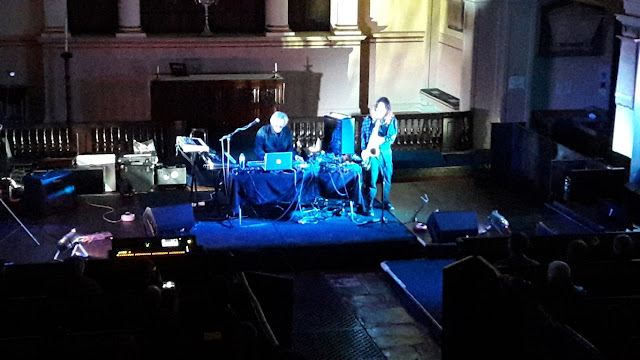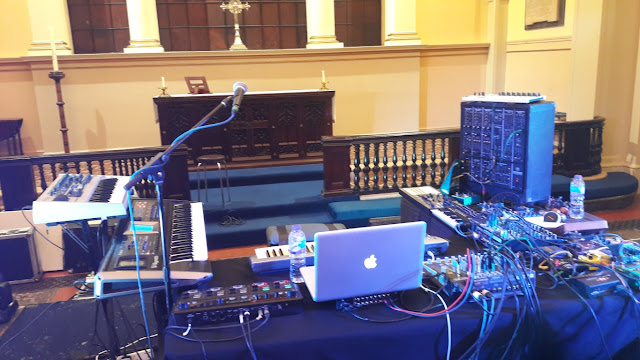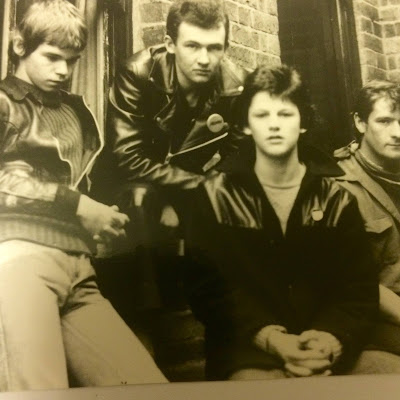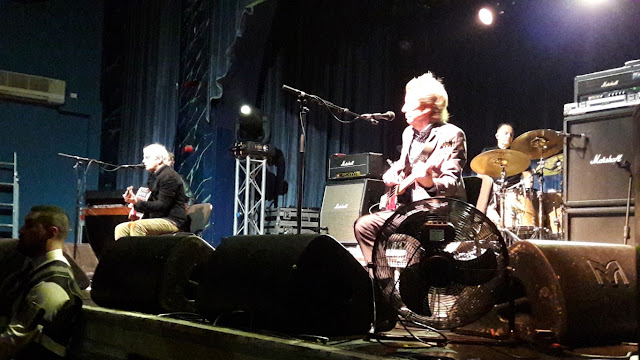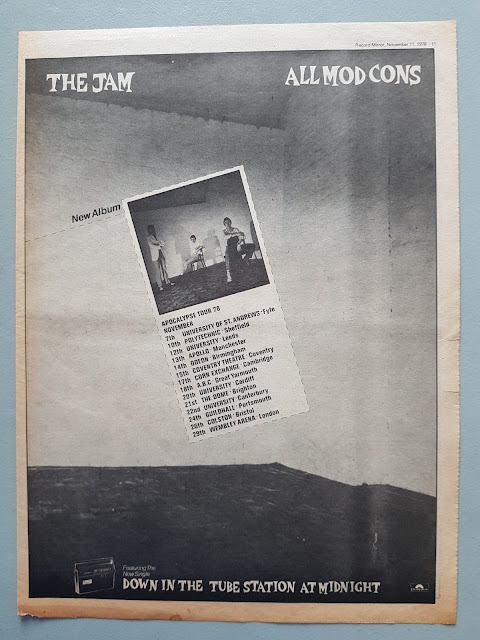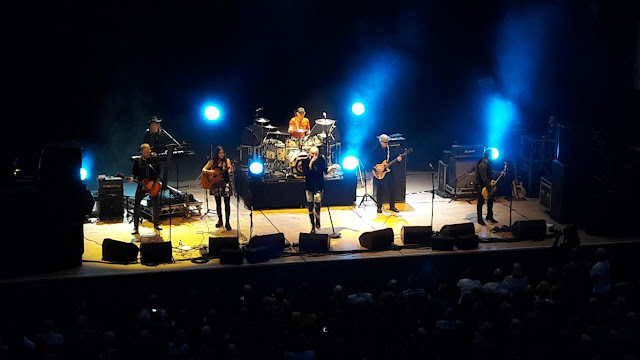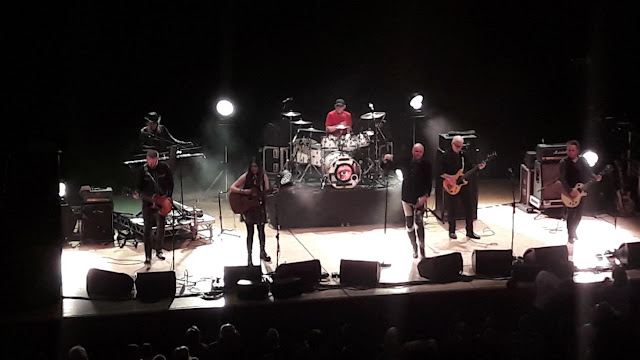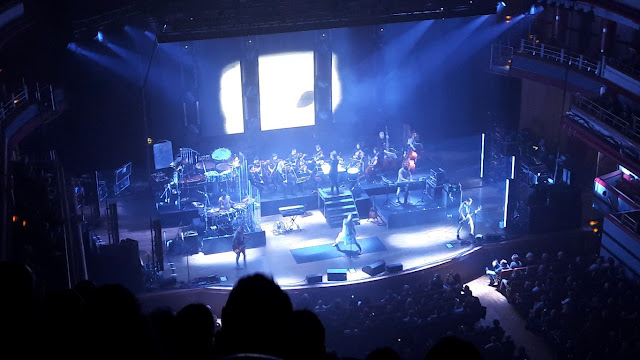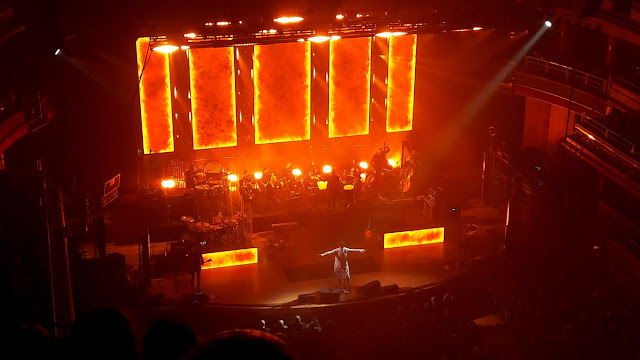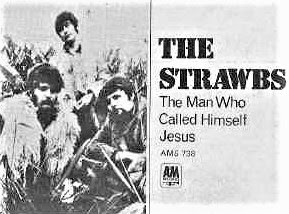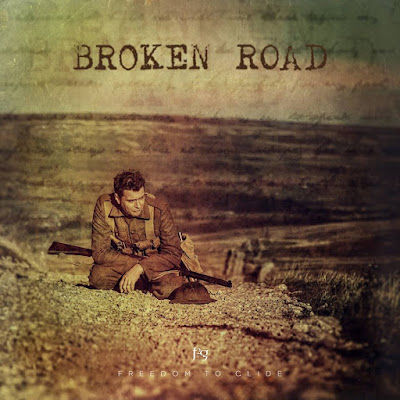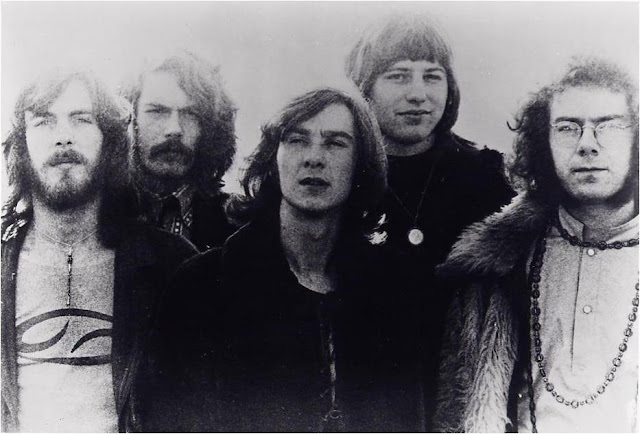Freedom to Glide
by Pete Clemons
Performing in a band that plays the music of Pink Floyd must be a daunting challenge. After all the fans of Floyd are no mugs and they wouldn’t forgive you if you did the band a disservice. But, to great credit, that’s exactly what Andy Nixon and Pete Riley did together for over ten years. They were both members of tribute band Dark Side of the Wall. In fact, Pete still is.
No doubting then, both Pete and Andy’s credentials as musicians. But more than that, between them, Pete and Andy have forged an even greater alliance. They formed a partnership known as Freedom to Glide and this enterprising pair are now on the verge of releasing the final album of what has grown into a trilogy.
Freedom to Glide took off during 2010. While waiting for the start of a Dark Side of the Wall gig both Pete and Andy chatted about the possibility of recording. And it kind of grew from there. Pete had a tune along with an idea for writing something based on World War 1. These embryonic ideas were formed around the concept of ‘Soldiers falling like rain on the battle field’. This instantly had Andy hooked and so sessions began immediately. Within a week or so acoustic guitar, drums and vocals had been added to Pete’s original musical theme. Not only that but Andy had further contributed with complete lyrics inspired by the ‘soldiers falling like rain’ quote from Pete. Further content was produced, and an album titled ‘Rain’ followed. Rain pt1 began as Pete’s instrumental demo. Andy then molded the arrangement into the song that it became. And that’s pretty much how the songs, that Freedom to Glide do collaborate on, are formed. They also write individually, for Andy more so as time has gone on, but still very much a team in terms of the final product.
Rain, released during 2013, was almost 3 years in the making. The album references World War 1 as well as showcasing a lot of their own talents and, given that the pair were performing in a Pink Floyd tribute, that influence is very evident.
The sessions for ‘Rain’ proved to be very bountiful with more than enough tunes written for its release. So, some of the tracks were shelved. It wasn’t as though the pair disliked any of the music produced. It just felt that some of the tunes were better placed than others to take their place on the first album.
Four songs that became surplus were used and developed for a second album release. And it was around this time when the idea developed that, in fact, this project could become a trilogy. So, rather than being planned, the whole concept evolved. A second album, ‘Fall’, was released during 2016. The reference point, this time, was a full century of war from 1914 to present day. The album itself is more song based and the pair felt freer to progress and to show more of themselves.
As far as distribution of the music was concerned, independent on-line record label ‘Burning Shed’ have been incredibly supportive. Fellow band member Ted Duggan, from Andy’s other band Badfinger, had also been drummer for Banco de Gaia. Banco leader Toby Marks knew Tim Bowness at Burning Shed. Impressed with Freedom to Glide results, Tim was more than happy to help. Both albums have sold very successfully around the world, helped immensely by the internet.
As mentioned, both Pete and Andy contribute with music and lyrics although I think it is fair to say that Andy, since leaving Dark Side of the Wall, has had more time on his hands and as such has more time to prepare the third album.
The final track on ‘Fall’ is titled ‘October’ and its lyric contains the phrase ‘Seeds are Sown’ several times. By coincidence, the third album in the trilogy is due to be called ‘Seed’. Were these albums beginning to contain codes and messages throughout, that reference back to other albums within the series?
‘Seed’ is due for release early 2019. And several themes are present within the album. The whole album is focused on the last year of World War 1. It concentrates on one man and his life between January and November 1918. During that time, he is granted leave to return home. While there it occurs to him that, after returning to the battle, this may be the last time he is seeing his home and his family. The futility of war begins to become clearer to him. There is also a little bit of Andy’s grandfather within the album. And Pete’s grandad is not forgotten either. During the war, he was carried into British lines and back to the safety of the British trenches by a German doctor. The German doctor saying that ‘I am here to save lives not to take them’.
Andy mentioned that the outbreak of World War 1 was remembered greatly during 2014 but the ending of it, which for him was particularly more poignant, did not get a similar response. Which is kind of strange as, if you take a minute, it suggests that war is remembered more than the peace.
As far as Andy was concerned, ‘Seed’ was a complete joy for him to write and record – and, when talking about it all, it shows. A taster track from ‘Seed’, titled ‘Broken Road’, is already out there on the internet to whet the appetite, along with a video shot by the band themselves in The Yorkshire Dales. (Pete is a pro designer with high level videography/photography skills) The soldier in the video is the drummer Andy Mapp (Katrina & The Waves) with whom Andy has worked in the past.
With three albums now in the bag I asked Andy what future held for Freedom to Glide. Essentially, decisions are to be made. Do they remain a studio-based band or do they take the band on the more ambitious route of gigging? Gigging, of course, would involve more musicians and many hours of practice. Andy mentioned that he would love to do some gigs but realises that with an audience spread around the world, it would be very difficult to get them all into one venue. And then there are the logistics between the pair, Andy is based in Coventry and Pete in Derby.
So maybe a good starting point, should the band take that route, would be to do some support slots for an established band. The internet is a double-edged sword. It is incredibly powerful for connecting people and getting the word out there. But if those people are in different countries and territories then there is an added challenge when it comes to playing live. Despite these challenges, however, Freedom to Glide fully intend to take the project out live, even with the difficulties mentioned and that, as well as support slots, they will, definitely, present their own shows, albeit a small number initially.
Finally, I asked Andy how the name ‘Freedom to Glide’ came about. He said: ‘From what I remember the FTG name came from a texting conversation between Pete & me. We liked the idea of “free” or “freedom” being in the name and it just popped up. What really nailed it was when we realised it could be abbreviated to f2g. In this world of abbreviations and text language it just seemed perfect. Ironic really, I’m a stickler for spelling, punctuation and grammar.’
An interesting spin off to this whole f2g project is told by Andy: ‘We were contacted by an English teacher around 2014 after ‘Rain’ had been released who was teaching English in The Netherlands at the time. She was a fan of our music and very keen on the war poets like Wilfred Owen, Seigfried Sassoon, Laurence Binyon, Edmund Blunden etc… (I refer to all those war poets for inspiration in my lyric writing by the way). Well, I was knocked out when she asked if she could use 4 of our songs’ lyrics, (Rain pts 1,2,3 & 4) to introduce WW1 themed poetry to her class. She asked her students to annotate each “poem” (the song lyrics) and the feedback was just incredible! She didn’t tell them who’d written these four ‘poems’ until they’d presented their annotations. They all presumed they were written by some ‘mystery’ war poet. What a huge honour that was and an amazing compliment for an English teacher and her students to hold my lyrics in such high regard. We take great care to respect the subject matter and it’s all very heart-warming to hear you’ve done it justice in some way’.
Fine words indeed and, I for one, am looking forward to whatever the future brings for f2g.
Huge thanks to Andy Nixon for his time, checking over this article and the cup of coffee.

